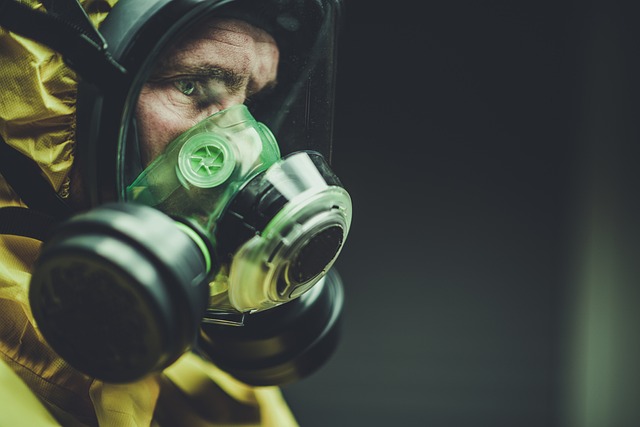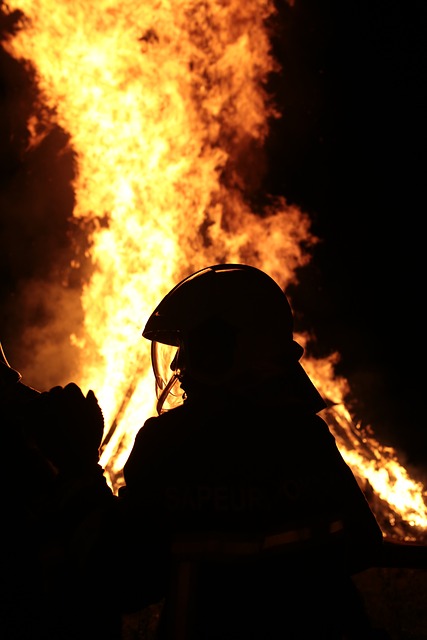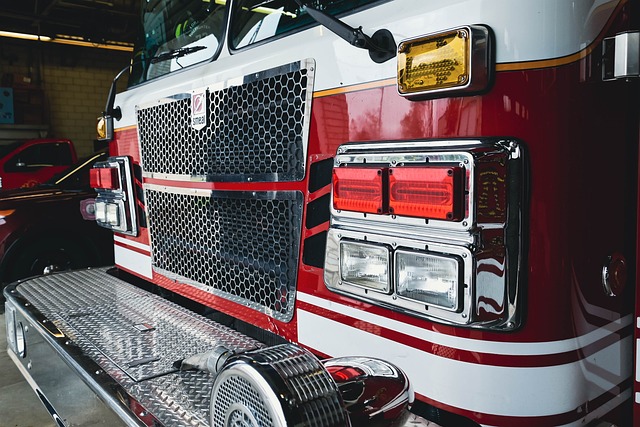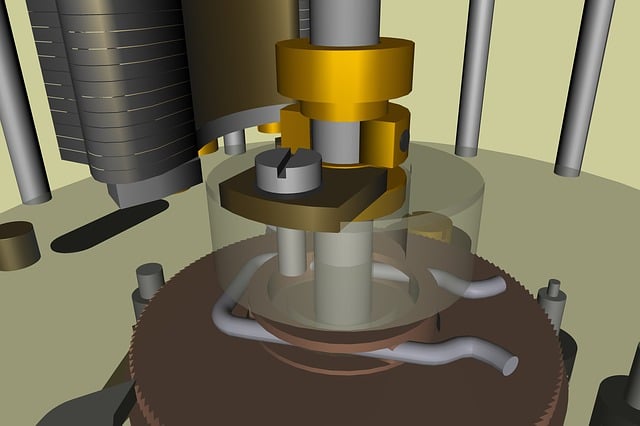Fire departments can improve Hazmat response readiness without breaking the bank by adopting budget-friendly alternatives like the 8120 Training Simulator. These simulators offer realistic practice scenarios for PPE donning, decontamination, and toxic substance handling at a fraction of traditional costs. Look for features like LED lighting, sound effects, adjustable settings, data logging, modular design, and attachable accessories for an immersive experience. Additionally, grant-eligible hazmat props provide financial support while enhancing training capabilities. This cost-effective approach allows smaller departments to maintain personnel readiness despite budget constraints.
Firefighters require diverse and regular training to handle emergencies effectively. While specialized equipment is essential, the high acquisition costs of advanced simulators can be a barrier. This article explores an affordable solution: the low-cost Hazmat Training Simulator. We delve into the benefits of these budget-friendly options, guide you through key features, provide tips for acquisition, and highlight resources, including grant opportunities for eligible hazmat props like the 8120 training simulator.
- Understanding the Need for Cost-Effective Training Aids
- The Benefits of a Low-Cost Hazmat Training Simulator
- Features and Functionality: What to Look for in an Economical Fire Training Unit
- Acquiring Your Budget-Friendly Emergency Training Prop: Tips and Resources
Understanding the Need for Cost-Effective Training Aids

In today’s financial climate, fire departments and emergency response teams are constantly looking for innovative yet budget-friendly solutions to enhance their training regimen. Traditional training methods can be expensive, especially when equipping personnel with specialized gear and simulations. This is where cost-effective alternatives like a budget hazmat training simulator or an affordable emergency training prop prove invaluable. By investing in such tools, fire academies can offer realistic scenarios without breaking the bank.
Acquiring an 8120 training simulator for sale or a low cost tank simulator not only reduces expenses but also provides flexibility in creating diverse training environments. These simulators, often grant-eligible, allow firefighters to practice hazardous material (Hazmat) response protocols, chemical identification, and safe decontamination procedures. An economical fire training unit can be a game-changer for smaller departments or those with limited budgets, ensuring that personnel are well-prepared to face real-world challenges while staying within financial constraints.
The Benefits of a Low-Cost Hazmat Training Simulator

A low-cost Hazmat Training Simulator offers numerous advantages for firefighting academies and departments looking to enhance their emergency preparedness without breaking the bank. These budget-friendly alternatives to traditional, expensive training equipment provide a realistic simulation of hazardous materials scenarios, allowing firefighters to gain valuable experience in a controlled environment. With an affordable emergency training prop, crews can practice various skills such as personal protective equipment (PPE) donning, decontamination procedures, and safe handling of toxic substances, all while minimizing the financial risk associated with high-priced simulators or tanks.
The 8120 Training Simulator, for example, is a grant-eligible hazmat prop that offers an economical solution for fire training. Its modular design and versatility make it adaptable to different types of hazardous material incidents, ensuring firefighters are prepared for a wide range of potential emergencies. Moreover, these low cost tank simulators can be easily integrated into existing training programs, enabling departments to maximize their resources and prioritize safety without compromising on quality or realism in their emergency preparedness efforts.
Features and Functionality: What to Look for in an Economical Fire Training Unit

When seeking an economical fire training unit, several key features and functionalities should be top priorities to ensure maximum value and effectiveness. A budget-friendly hazmat training simulator should ideally offer a realistic simulation environment that replicates real-world hazardous material scenarios. Look for units with adjustable settings, allowing trainees to experience various levels of challenge, from basic to advanced emergency response situations.
The best training props will also incorporate state-of-the-art technology, such as LED lighting and sound effects, to enhance the immersion factor. Additionally, consider models that come with built-in data logging capabilities for performance tracking and feedback. Features like modular design or attachable accessories can further extend the versatility of the simulator, making it suitable for diverse training needs. Moreover, grant-eligible hazmat props are a smart choice as they not only offer excellent functionality but also provide opportunities for financial support to enhance your fire department’s training capabilities.
Acquiring Your Budget-Friendly Emergency Training Prop: Tips and Resources

Acquiring your budget-friendly emergency training prop can be a game-changer for fire departments looking to enhance their preparedness without breaking the bank. One popular and cost-effective solution is the 8120 Training Simulator, which simulates various hazardous materials (Hazmat) scenarios. This versatile unit offers multiple functions, including a liquid spill containment area, a gas release chamber, and a decontamination bay, all at a fraction of the cost of traditional Hazmat training equipment.
There are several resources available to help fire departments source these budget-friendly training props. Many manufacturers offer customized solutions tailored to specific training needs, often with flexible pricing options. Additionally, grants and funding programs dedicated to improving emergency response capabilities can be explored for financial support. Some local and national organizations provide grants specifically for acquiring Hazmat training simulators, making it easier for fire services to invest in this valuable resource.






